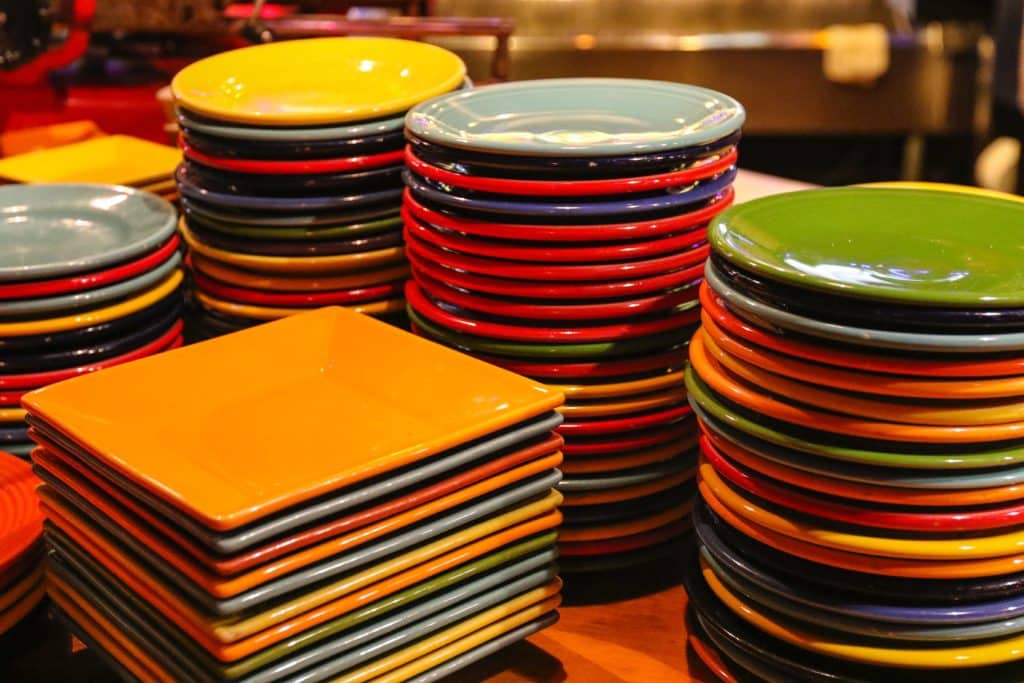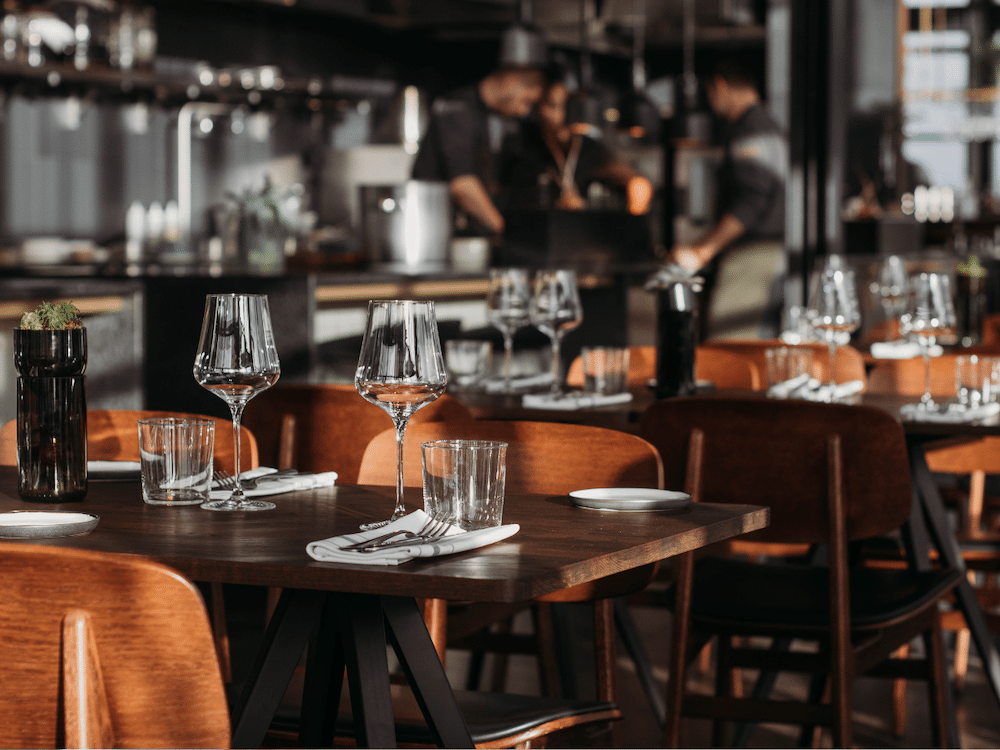This blog is part 2 of a 3-part series on controlling variable costs. Click here to read Part 1 and Part 2.
Every business has both fixed costs (uncontrollable) and variable costs (controllable). Your fixed costs are your set costs such as rent, manager salaries, utilities, taxes, insurance, etc., that do not fluctuate month to month. These costs are independent of sales and are (for the most part) considered uncontrollable.
Variable costs, as the name indicates, can change from day to day and shift to shift. In this three-part series, we will break down how to effectively control variable costs. In part 1, we discussed the secrets to controlling labor costs. Part 2 focused on the secrets of controlling food costs.
In Part 3, we will discuss tips on how to control overhead costs.
How to control overhead costs
Your overhead costs include your directly controllable expenses, like supplies, repairs, and marketing, as well as your non-controllable fixed operating expenses, such as rent, utilities, linens, etc.
Since the restaurant business is such a low margin industry, you must shave pennies everywhere you can, so it is important to question every line item in your budget, including noncontrollable costs. Renegotiating contract rates for rent, insurance, and suppliers can cut your overhead costs. There are many other small, creative ways to control “uncontrollable” costs at a manager level. These small changes can add up to big savings. Here are a few areas to consider:
Cut back on electricity and water
Running the daily lighting, air conditioning/heating, and equipment can rack up huge electricity bills. If you are not already on an automatic timer system, implement a start/ stop plan for lights and appliances. Your openers may arrive two hours before the restaurant opens, but that doesn’t mean that they must turn everything on at that time. Make sure that you are only powering on the equipment that you need when you need it.
Additionally, when possible, turn off equipment when it is idle. Idle equipment still costs money if it is turned on. For example, if your bar stays open until 2 a.m. but you stop serving food at midnight, ensure that your employees know which pieces of equipment should be turned off by what time.
Check with your electric company about how to save money. Believe it or not, they want to work with you on how to reduce your energy consumption. Most major companies have guides available online on how you can lower your commercial energy costs. Many even have guides specific to restaurants available. Call and see if you they will send someone to your site and give you very specific tips based on your operation.
The same is true with your water. The restaurant business accounts for 15% of all U.S. water consumption, making the water utility companies eager to help with conservation programs and in some cases even offer incentives.
Lesson the load of linens
This may seem petty but locking up your linens can be a real money saver. If employees have unlimited access to linens, they will use as much as they see necessary without regard to costs.
Introduce a system where you divide your linens based on shifts upon receipt of the shipment. Then hand an apron and a designated number of towels to wait staff and kitchen employees at the beginning of their shifts. Of course they can swap out their apron should it be needed or grab additional towels if there is a big clean up, but having a manager issue the additional linens greatly reduces usage.
In addition, it helps you order linens more accurately in the future because you have threshold count and are aware of exactly what your restaurant uses each shift.
Reduce the replacement of smallwares
These are any of the small necessary restaurant items that are not equipment and cost less than $500. This category includes glasses, eating utensils, dishware, pots and pans, utensils, etc. This is a major purchase when a restaurant opens but there must be a line item in the monthly budget for replacing lost, stolen, or worn smallwares.
If you are spending too much on smallwares, this could be a place to control costs. Employees often don’t think about how quickly these small costs can add up. How many knives, forks and spoons are being tossed out daily? How many broken glasses do you replace each month? Whether this is intentional or not, it is worth training employees on the proper handling of these items.
Almost every expense can be controlled at some level. Even the smallest savings can make a difference to your bottom line. As Benjamin Franklin once said: “Beware of little expenses. A small leak will sink a great ship.”



